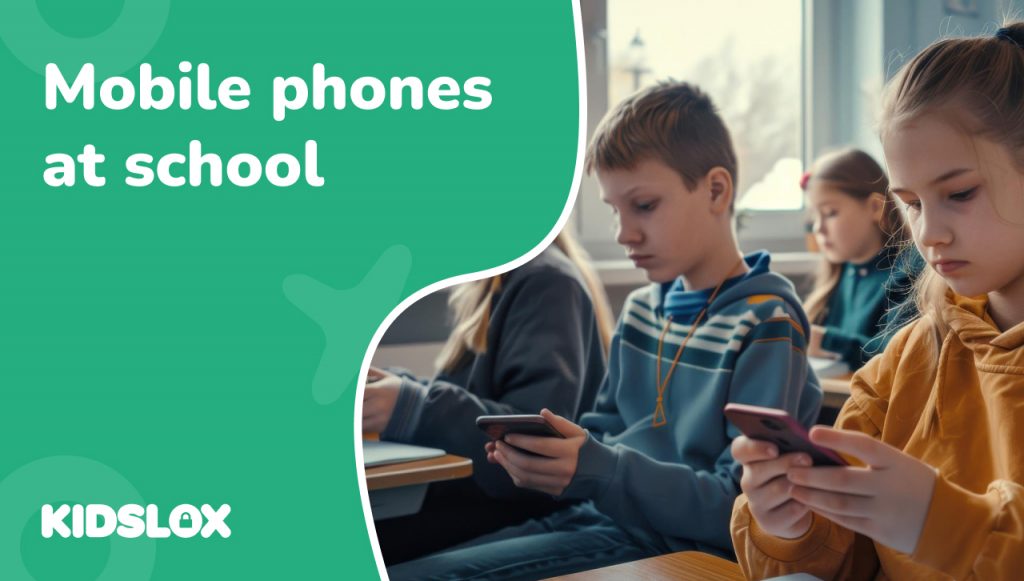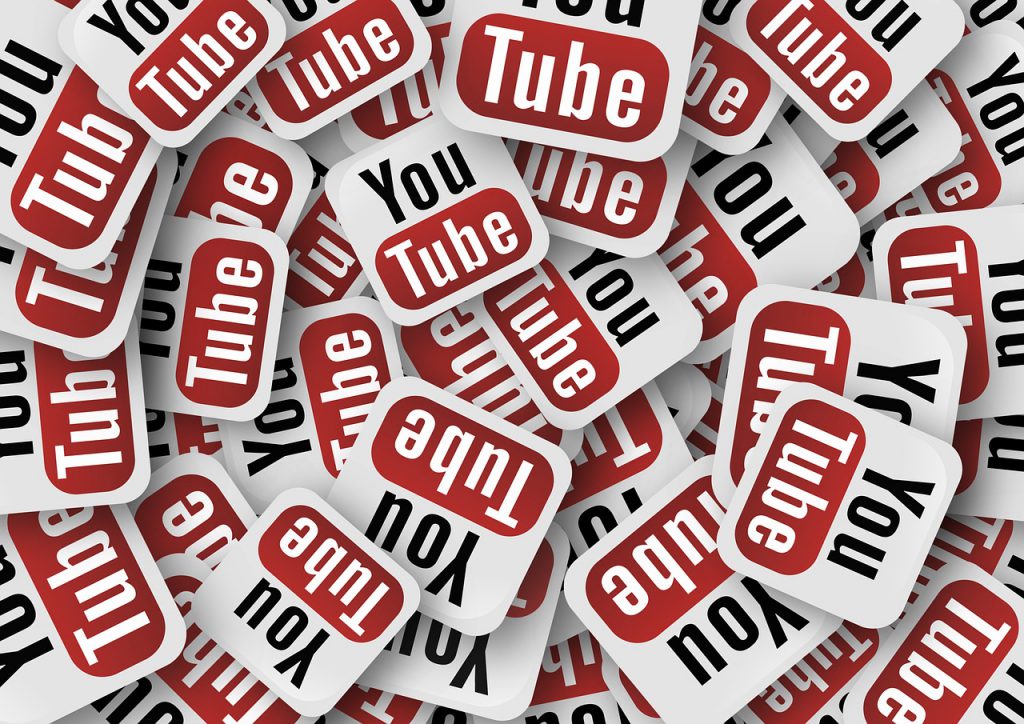The Phones at School Debate Continues
California’s latest development has seen a push for schools to limit student mobile phone use on campus. Governor Gavin Newsom’s recent appeal has reignited the debate, highlighting rising concerns about how mobile phones affect student learning and behavior.
10 Uses of Mobile Phones for Students – a Useful Tool or a Distraction?
As we explore the evolving landscape of mobile phone use in schools, it’s crucial to understand both the benefits and potential drawbacks of these devices in educational settings. Here’s a closer look at how mobile phones can be used productively by students and the associated advantages and disadvantages.
- Enhanced Communication: Mobile phones provide students with a vital communication tool, allowing them to stay in touch with family and friends throughout the school day. This can be particularly useful in emergencies or for coordinating after-school activities. However, it’s important to manage this connectivity carefully to avoid distractions during class.
- Advantage: Immediate communication for emergencies and coordination.
- Disadvantage: Potential distractions if not managed properly.
- Access to Educational Apps: Students can leverage educational apps on their mobile phones to support their learning. From language learning tools to interactive calculators, these apps make educational activities more engaging and accessible. While beneficial, it’s essential that students use these tools appropriately to avoid distractions.
- Advantage: Interactive and supportive educational tools.
- Disadvantage: Risk of distraction if apps are misused.
- Research and Information Access: With instant internet access, students can quickly find information and conduct research directly from their phones. While this can enhance the learning process and facilitate immediate fact-checking, students must be guided to use reliable sources.
- Advantage: Quick access to reliable information.
- Disadvantage: Risk of accessing unreliable or distracting content.
- Time Management and Organization: Mobile phones can help students stay organized with tools such as calendars, reminders, and to-do lists. These features assist in managing academic deadlines and extracurricular activities, though over-reliance on technology can sometimes lead to its own set of issues.
- Advantage: Improved organization and time management.
- Disadvantage: Potential over-reliance on technology.
- Emergency Contact: In case of emergencies, having a mobile phone is invaluable. It allows students to contact emergency services or their parents quickly, ensuring safety and prompt communication in critical situations.
- Advantage: Ensures quick communication in emergencies.
- Disadvantage: Possibility of misuse during non-emergencies.
- Social Media Interaction: Mobile phones enable students to connect with peers through social media platforms. Whilst this interaction can be positive, it also poses risks such as cyberbullying and distraction, which schools must address through appropriate guidelines.
- Advantage: Facilitates social interaction and engagement.
- Disadvantage: Risk of cyberbullying and lack of focus on school work.
- Multimedia Learning: Students can use their mobile phones to access educational videos, podcasts, and other multimedia content that complements their learning. This diverse range of materials supports various learning styles but requires supervision to ensure appropriate use.
- Advantage: Access to diverse and engaging learning materials.
- Disadvantage: Potential for misuse or distraction from core educational content.
- Digital Note-Taking: Apps designed for note-taking on mobile phones can help students organize their class notes efficiently. Features like voice recording and handwriting recognition enhance the note-taking process, though distractions from other apps must be managed.
- Advantage: Efficient and organized note-taking.
- Disadvantage: Distractions from non-academic apps and notifications.
- Collaborative Learning: Mobile phones facilitate collaborative learning through group chats and file-sharing apps. This can enhance teamwork and project collaboration, but off-topic conversations and distractions need to be monitored.
- Advantage: Promotes teamwork and collaborative learning.
- Disadvantage: Risk of off-topic distractions and misuse.
- Personalized Learning: Educational apps can offer personalized learning experiences tailored to individual needs. This allows students to learn at their own pace and focus on areas that require improvement, although it’s important to balance this with face-to-face interactions.
- Advantage: Customized learning experiences based on individual needs.
- Disadvantage: Risk of over-reliance on technology and less personal interaction.
Navigating Student Mobile Phone Policy in Schools: A Balanced Approach
As the debate over mobile phone use in schools continues, many institutions are adopting varied policies to manage their impact on student learning and behavior. These policies range from strict bans to more flexible approaches, each designed to address the unique challenges posed by mobile phones in educational settings.
Strict Bans: Some schools have adopted stringent policies that completely ban mobile phones from campus. The rationale behind this approach is to eliminate distractions and ensure that students remain focused on their studies. Under these policies, students’ mobile phones are typically stored in lockers or handed over to school authorities at the beginning of the day and retrieved at the end. This approach aims to create an environment where academic activities are not interrupted by mobile phone use.
Flexible Approaches: Other schools opt for more flexible policies that allow students to use mobile phones under specific conditions. For example, phones might be permitted during designated times, such as lunch breaks or between classes. Some schools might allow phones in classrooms only for educational purposes, such as using educational apps or research tools. This approach seeks to harness the benefits of mobile phones while minimizing distractions. Schools may also implement ‘phone-free zones’ where phone use is restricted to prevent disruptions.
Moving Forward – Balance and Communication
To effectively manage the cons of phone use in schools, it is crucial to establish clear guidelines. Schools should outline to students exactly what constitutes appropriate and inappropriate use of mobile phones. This can include specifying when and where phones can be used, the types of activities allowed (e.g., educational apps vs. social media), and consequences for misuse. Clear communication of these rules helps students understand expectations and the reasons behind them.
Engaging students in discussions about the benefits and risks of mobile phone use can also contribute to a balanced approach. Schools might hold workshops, forums, or discussions where students can share their perspectives and learn from one another. This participatory approach not only helps students understand the rationale behind mobile phone policies but also empowers them to take responsibility for their own behavior.
By adopting varied policies, setting clear guidelines, fostering responsible use, and engaging students in meaningful discussions, schools can navigate the challenges of mobile phone use and create a productive learning environment. Balancing technology with traditional teaching methods will be key to addressing the evolving needs of students while maintaining a sense of balance with our ever changing digital world.





